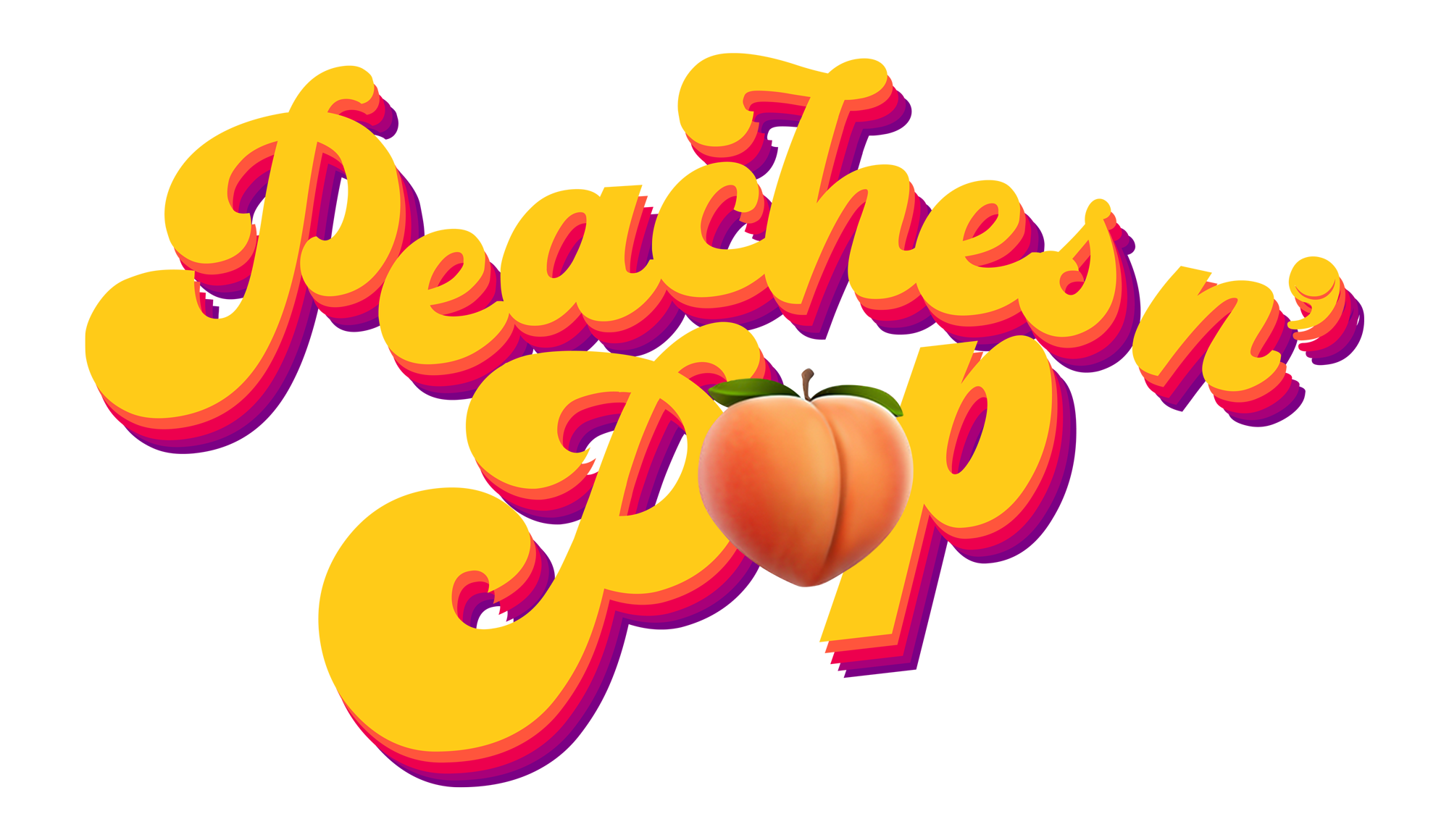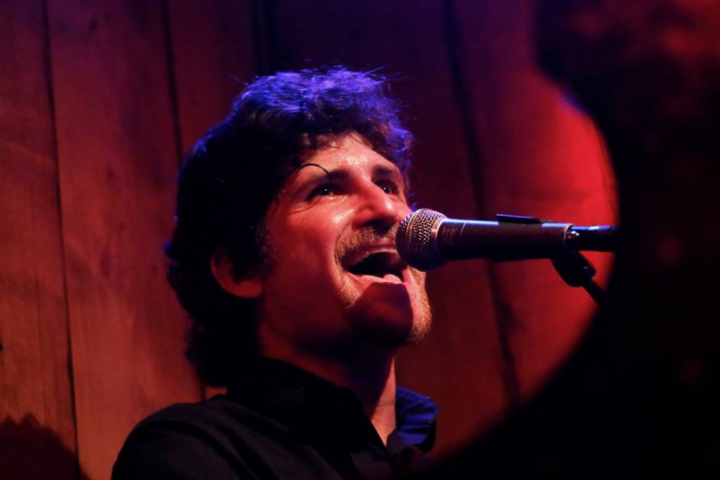To understand why German settlers emigrated by the thousands to the Missouri River Valley in the 19th century, the patio at Montelle Winery near Augusta, Missouri, provides a terrific lens.
Perched atop a towering bluff in the rolling countryside, the lookout frames a bucolic portrait of forests, green hills, riverside row crops, and mile-upon-mile of rich bottomlands that funnel towards the Missouri River, America's longest waterway. The vast panorama, reminiscent of the homeland so many Germans left behind, exemplifies what came to be called the Missouri Rhineland, a geographic area strung out over 100 miles between St. Louis and Jefferson City. While the region's extreme climate made wine-growing a challenging prospect, what with humid summers and frigid winters, its steep, sun-exposed slopes offered tremendous topography for the immigrants to plant their vines. And plant their vines they did.
By the late 1800s, Missouri produced as much wine as any other state in the nation. Anchored by the town of Hermann – home to the award-winning Stone Hill Winery, which, at one point, was the third largest winery in the world – some 2,000,0000 gallons of wine were made each year in the Show-Me State. (Hermann's phylloxera-resistant rootstock is also responsible for saving the French wine industry). Before Napa Valley was a household name, the Missouri River Valley was the American capital of the wine industry.
More than a century later, a deep-pocketed investor with local ties wants to turn Missouri wine country into a national destination – the sleepy town of Augusta to be precise, home to the United States' first American Viticultural Area. That's right, 45 minutes west of St. Louis, a 15-square mile grape-growing region lays claim to the nation's oldest AVA, securing its status on June 20, 1980, eight months before Napa Valley in California (the second AVA) earned its stripes. To put Missouri back on the map, David Hoffmann, alongside his wife, Jerri, hope to piggyback on a chapter of American wine history that Prohibition-era law pretty much killed on the vine.
Since late last fall, the founders of Hoffmann Family of Companies, a Florida-based conglomerate, have purchased more than 1,000 acres of land in the Augusta area, including multiple vineyards, a bed-and-breakfast, a historic cottage, four of its five wineries, and a slew of old buildings slated for a fresh coat of paint. The estimated price tag for the Hoffmanns' vision: a cool $100 million.
The plan projects a destination restaurant, a five-star hotel and spa, a 12-hole golf course designed by Rees Jones, riverboat cruises aboard a luxury yacht, and a revitalized downtown with flower and coffee shops, a filling station, and a general store. Trolley, carriage, and Gator utility vehicles will take visitors around town and through vineyards. Conveniently, the Katy Trail – America's longest stretch of rails-to-trails – sits at the foot of downtown Augusta.
The Augusta-area investment will ramp up both quantity and quality by upgrading infrastructure and equipment at each of Hoffmann's four acquired wineries – Balducci Vineyards, Montelle Winery, Augusta Winery, and Mount Pleasant Estates, Augusta's oldest winery established in 1859. At Mount Pleasant alone, production is expected to more than double from its current rate of 25,000 cases a year. The bells and whistles will draw people to Augusta, sure, but the wine heritage and excellence of its vintners will be what keeps them there.
"We are focusing on the history of Augusta and educating everyone on the first AVA," says David Hoffmann, who serves on the board of directors for the Winter Wine Festival in Naples, Florida, the largest wine auction in the United States. "Missouri wine is exceptionally good, and we plan to put it on the map by distributing it throughout the country."
Missouri, which currently ranks tenth in the U.S. in wine production, selling 1.6 million gallons annually, is home to five American Viticultural Areas and 125 wineries and counting. Due to the harsh climate (in comparison to coastal sites), the state's grapes are typically hybrids created from crossing native American vines with the Euro-Asian grapevine species vitis vinifera, which can create very tart or bracingly dry wine. For decades, Missouri winemakers have deliberately left some sweetness in the wines to make them more palatable to more people.
According to Doug Frost, a Kansas City resident and one of only three people in the world to hold both a Master of Wine and Master Sommelier titles, the myth that all Missouri wines are sweet is backwards. "Without some sweetness," he says, "many would be too tart."
Frost posits that Missouri winegrowers exhibit more skill than California producers who are merely mimicking the work of generations before them, there or overseas. "Our farmers and winemakers are no less deserving of attention and reward than any others, particularly as it is far more difficult to make tasty wine out of the Norton grape than from Merlot," he says. "Missouri producers are inventing a tradition from whole cloth each year."
Glen Bardgett, wine director at Annie Gunn's restaurant in Chesterfield, Missouri, has been a judge at the Missouri wine competition for more than 30 years. His James Beard Award-nominated wine program features nearly 1,000 wines from 20 countries, including 20 wines from Missouri.
"Missouri wines do very well in blind tastings," he says, dubbing Norton the greatest "true" American grape. "Can we make wines to compete with $300 Burgundies or Bordeaux – probably not. Can we make $20 reds, whites, sparkling, rose, and dessert wines to compete with $20 wines from around the world? Absolutely."
While each of Augusta's wineries will remain open to visitors during construction, the totality of Hoffmann's project aims to be complete within 24 months. When finished, oenophiles will have a new wine destination to add to their bucket list, while a key cog in the American wine industry – and the world's – will finally get its due.





